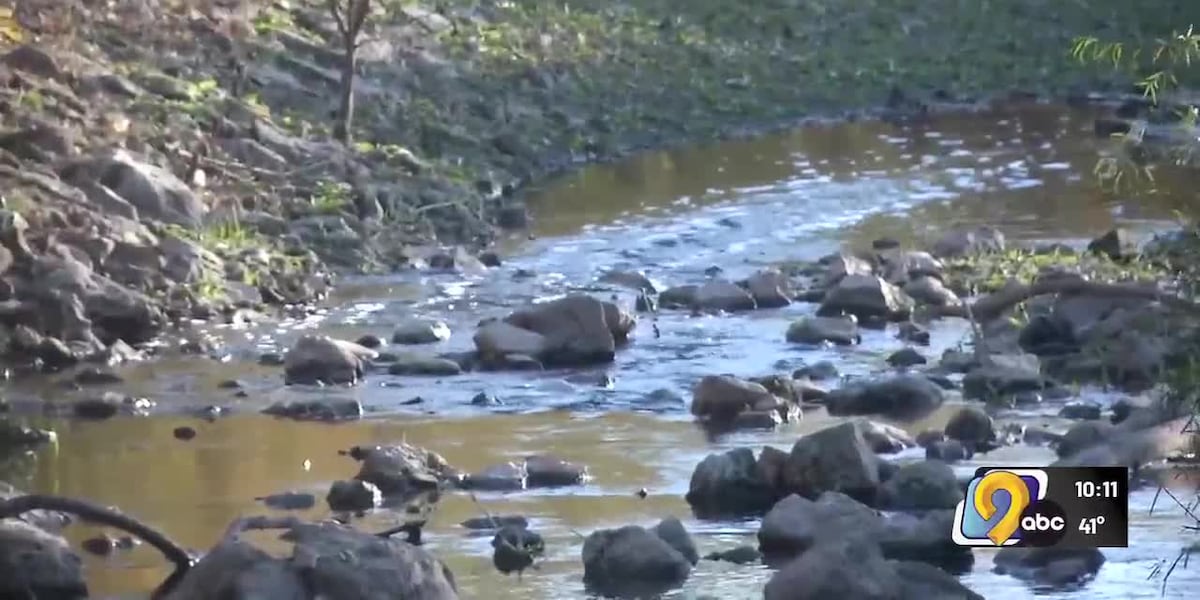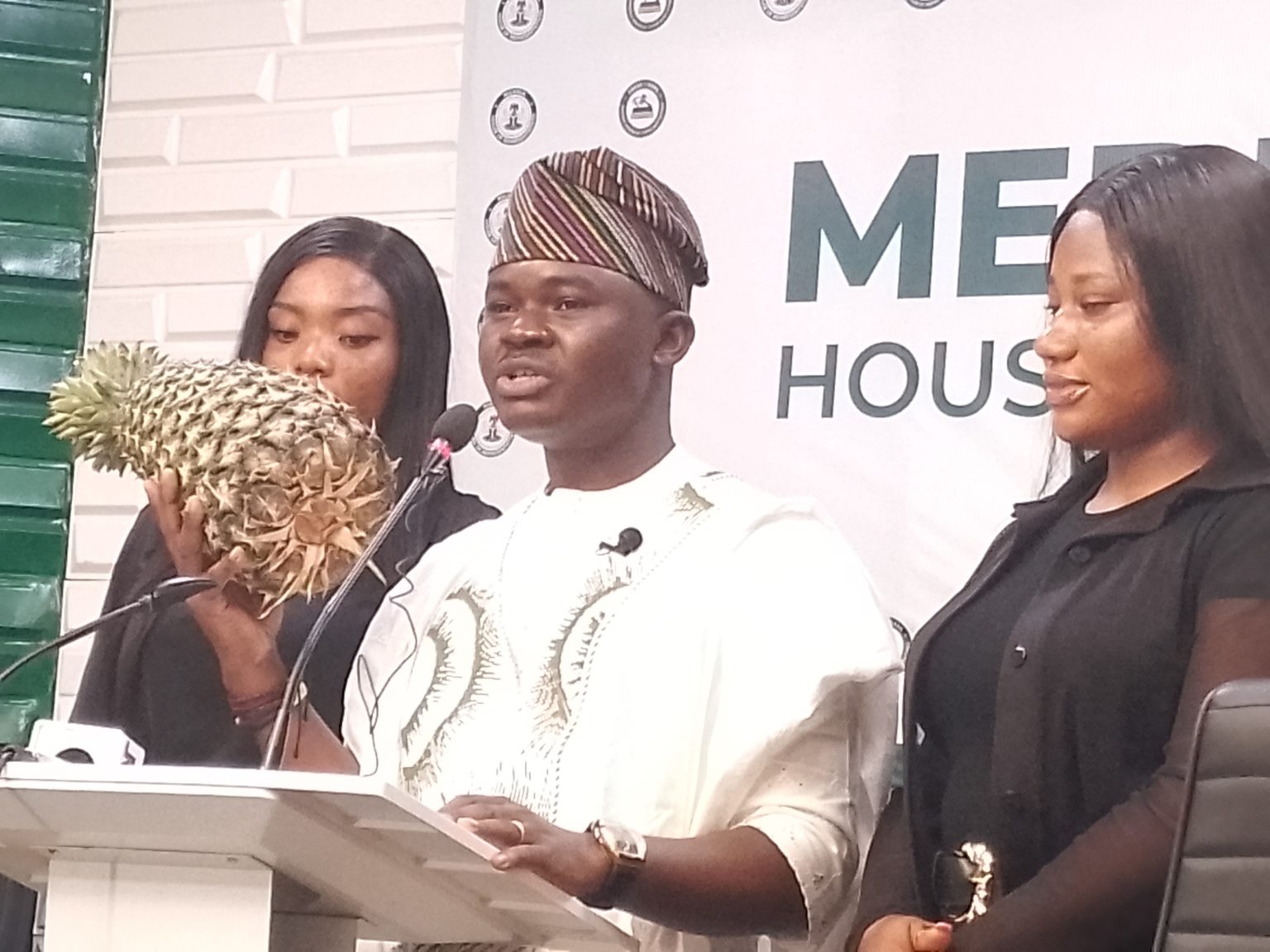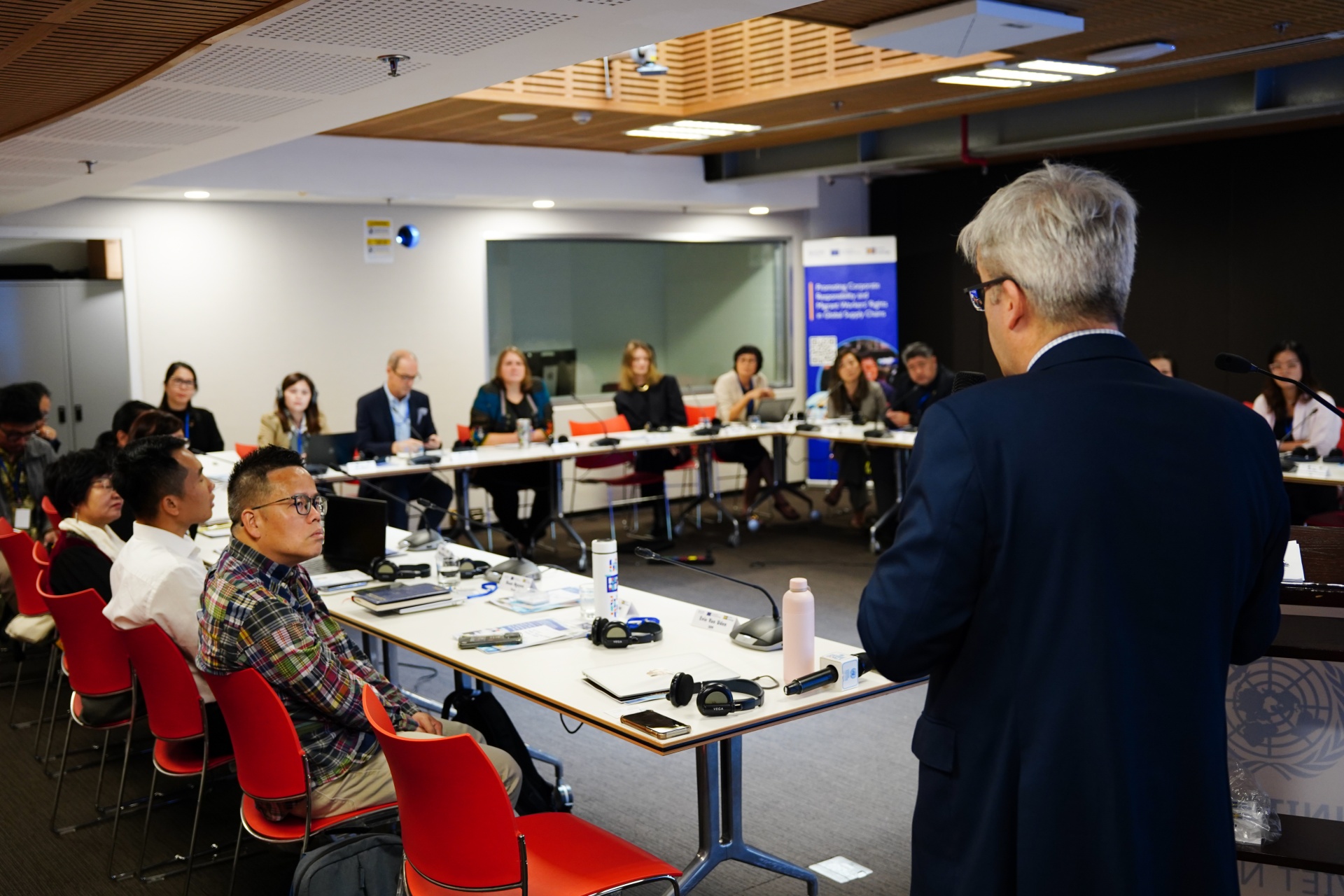Iowa water quality study shows pollutants nearly doubled in 50 years – KCRG

Water Quality Degradation in Iowa: A Sustainable Development Goals (SDG) Perspective
Executive Summary
A 50-year analysis of the Des Moines and Raccoon rivers in Iowa reveals a severe decline in water quality, with pollutant levels increasing by nearly 100 percent. This report examines the study’s findings and their direct implications for the United Nations Sustainable Development Goals (SDGs), particularly SDG 6 (Clean Water and Sanitation). The data indicates a significant challenge to providing safe drinking water and protecting freshwater ecosystems, necessitating urgent action aligned with the 2030 Agenda for Sustainable Development.
Key Findings of the Polk County Water Study
- Pollutant Increase: Over the last 50 years, pollutant levels in the Des Moines and Raccoon rivers, primary drinking water sources for Polk County, have nearly doubled.
- Nitrate Contamination: Nitrate levels, a key indicator of pollution, have risen dramatically. Dr. Larry Weber of the University of Iowa noted that recent summer levels exceeded 20 milligrams per liter, more than double the safe drinking water standard, compared to 1 to 3 milligrams per liter 50 years ago.
- Ecological Impact: Recreational users have observed an increase in algae issues and beach closures, indicating a degradation of the aquatic ecosystem.
- Policy Gaps: The state of Iowa’s water plan has not been updated in 50 years, reflecting a lack of comprehensive state-level action to address the escalating crisis.
Alignment with Sustainable Development Goals (SDGs)
The deteriorating water quality in Iowa directly contravenes several key SDGs:
- SDG 6: Clean Water and Sanitation: The findings represent a critical failure to progress on this goal. The high nitrate levels violate Target 6.1 (achieve universal and equitable access to safe and affordable drinking water) and Target 6.3 (improve water quality by reducing pollution). The observed ecological damage also undermines Target 6.6 (protect and restore water-related ecosystems).
- SDG 3: Good Health and Well-being: Contaminated drinking water poses a direct threat to public health, challenging the achievement of Target 3.9 (substantially reduce the number of deaths and illnesses from hazardous chemicals and water pollution).
- SDG 15: Life on Land: The pollution of major rivers contributes to the degradation of inland freshwater ecosystems, a direct setback for Target 15.1 (ensure the conservation, restoration and sustainable use of inland freshwater ecosystems).
- SDG 11: Sustainable Cities and Communities: As the rivers are major water sources for the city of Des Moines, the pollution crisis threatens the sustainability and resilience of urban communities, impacting Target 11.6 (reduce the adverse per capita environmental impact of cities).
Recommendations for SDG-Aligned Action
Scientists and concerned citizens advocate for a strategic response to bring state water management in line with sustainable development principles. The proposed actions support the framework of SDG 17 (Partnerships for the Goals) by fostering collaboration between government, academia, and the public.
- Expand Localized Monitoring: Implement comprehensive water quality studies across all Iowa counties to gather essential data for informed decision-making, directly supporting the monitoring requirements of SDG 6.
- Update State Water Plan: The state of Iowa must update its 50-year-old water plan to incorporate modern scientific understanding and establish clear targets for pollution reduction, aligning state policy with the 2030 Agenda.
- Foster Public Engagement: Increase opportunities for public input and participation in water management decisions to ensure solutions are equitable and effective.
Analysis of Sustainable Development Goals in the Article
1. Which SDGs are addressed or connected to the issues highlighted in the article?
- SDG 6: Clean Water and Sanitation: This is the primary goal addressed. The article’s central theme is the deteriorating quality of drinking and recreational water in Iowa’s rivers due to increased pollutants like nitrates.
- SDG 3: Good Health and Well-being: The article connects water pollution directly to health by highlighting that nitrate levels are “more than double the safe water drinking levels,” which poses a significant risk to public health.
- SDG 15: Life on Land: The degradation of the Des Moines and Raccoon rivers, which are freshwater ecosystems, is a key issue. The article mentions impacts like “more algae issues” and the water getting “dirtier,” which affects the health of these ecosystems.
2. What specific targets under those SDGs can be identified based on the article’s content?
-
Target 6.1: Achieve universal and equitable access to safe and affordable drinking water for all.
- The article highlights that the Des Moines and Raccoon rivers are “two of the largest sources of drinking water for Des Moines and Polk County.” The finding that nitrate levels are “more than double the safe water drinking levels” directly challenges the safety of this water source, making this target highly relevant.
-
Target 6.3: Improve water quality by reducing pollution.
- The core finding of the research is that “pollutants in major rivers have increased by nearly 100 percent over the last 50 years,” with a specific focus on “increased nitrates in the water supply.” This directly relates to the need to reduce pollution to improve water quality.
-
Target 3.9: Substantially reduce the number of deaths and illnesses from hazardous chemicals and water pollution.
- The article’s statement that nitrate levels are above 20 milligrams per liter, exceeding safe drinking standards, points to a direct health threat from chemical pollution in the water, aligning with the objective of this target.
-
Target 15.1: Ensure the conservation, restoration and sustainable use of inland freshwater ecosystems.
- The article describes the negative impacts on the rivers used for recreation, such as “more algae issues,” water getting “dirtier,” and “beaches were being closed.” These are signs of a degraded freshwater ecosystem, which this target aims to prevent and restore.
3. Are there any indicators mentioned or implied in the article that can be used to measure progress towards the identified targets?
-
Concentration of Nitrates in Water:
- The article provides specific quantitative data that serves as a direct indicator. It states that 50 years ago, “the nitrate levels were one to 3 milligrams per liter,” whereas this summer, “the nitrate levels were above 20 milligrams per liter.” This measurement is a clear indicator for tracking water quality (Target 6.3) and safety (Target 6.1 and 3.9).
-
Percentage Increase in Pollutants:
- The study’s finding that “pollutants in major rivers have increased by nearly 100 percent over the last 50 years” is a high-level indicator of the long-term trend in water quality degradation.
-
Frequency of Algae Issues and Beach Closures:
- The recreational user’s observation of “more algae issues” and “beaches were being closed” serves as a qualitative and observational indicator of the declining health of the river ecosystem (Target 15.1). This can be quantified by tracking the number of days beaches are closed per year due to water quality issues.
4. Summary Table of SDGs, Targets, and Indicators
| SDGs | Targets | Indicators |
|---|---|---|
| SDG 6: Clean Water and Sanitation | 6.1: Achieve universal and equitable access to safe and affordable drinking water for all.
6.3: Improve water quality by reducing pollution. |
|
| SDG 3: Good Health and Well-being | 3.9: Substantially reduce the number of deaths and illnesses from hazardous chemicals and water pollution. |
|
| SDG 15: Life on Land | 15.1: Ensure the conservation, restoration and sustainable use of inland freshwater ecosystems. |
|
Source: kcrg.com
What is Your Reaction?
 Like
0
Like
0
 Dislike
0
Dislike
0
 Love
0
Love
0
 Funny
0
Funny
0
 Angry
0
Angry
0
 Sad
0
Sad
0
 Wow
0
Wow
0



















































.jpg.webp?itok=0ZsAnae9#)

























